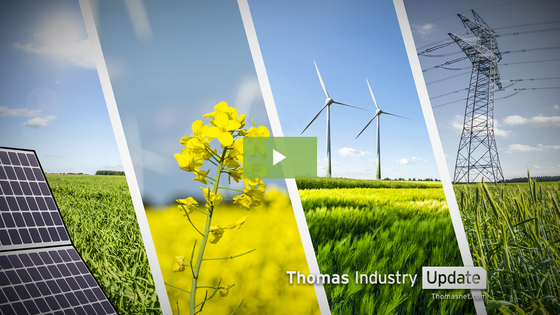Welcome to Thomas Insights — every day, we publish the latest news and analysis to keep our readers up to date on what’s happening in industry. Sign up here to get the day’s top stories delivered straight to your inbox.
For more than seven decades, U.S. presidents have had the ability to compel companies to produce goods considered vital to national security.
Although the Defense Production Act initially facilitated the nation’s mobilization during the Korean War, it has subsequently been used for everything from mining critical minerals to supporting advanced technologies to, more recently, building ventilators at the outset of the COVID-19 pandemic.
And as the world races to transform its energy systems ahead of key climate thresholds, the 1950 law now stretches to the nation’s power production.
The U.S. Department of Energy announced that President Biden had invoked the DPA to bolster the U.S.’s clean energy manufacturing capabilities.
The directive covers five distinct technologies: transformers and grid components, which are already experiencing severe supply chain-related delays; heat pumps and insulation to help optimize buildings’ energy use; electrolyzers, fuel cells, and catalysts needed to produce hydrogen; and solar energy, which the administration has particularly pinned its hopes on.
The White House argues that global demand for those items is expected to rise by as much as 600% in coming decades, which would mean relying on imports without a major increase in the nation’s manufacturing, processing, and installation capacity. Officials also said the move would ultimately improve energy security, reduce costs, and create enormous opportunities for new jobs.
But the clean energy sector won’t need to depend entirely on a domestic supply getting up and running: the White House also lifted tariffs on solar panels sourced from Southeast Asia amid complaints of a sluggish solar power supply chain.
Image Credit: TIU


